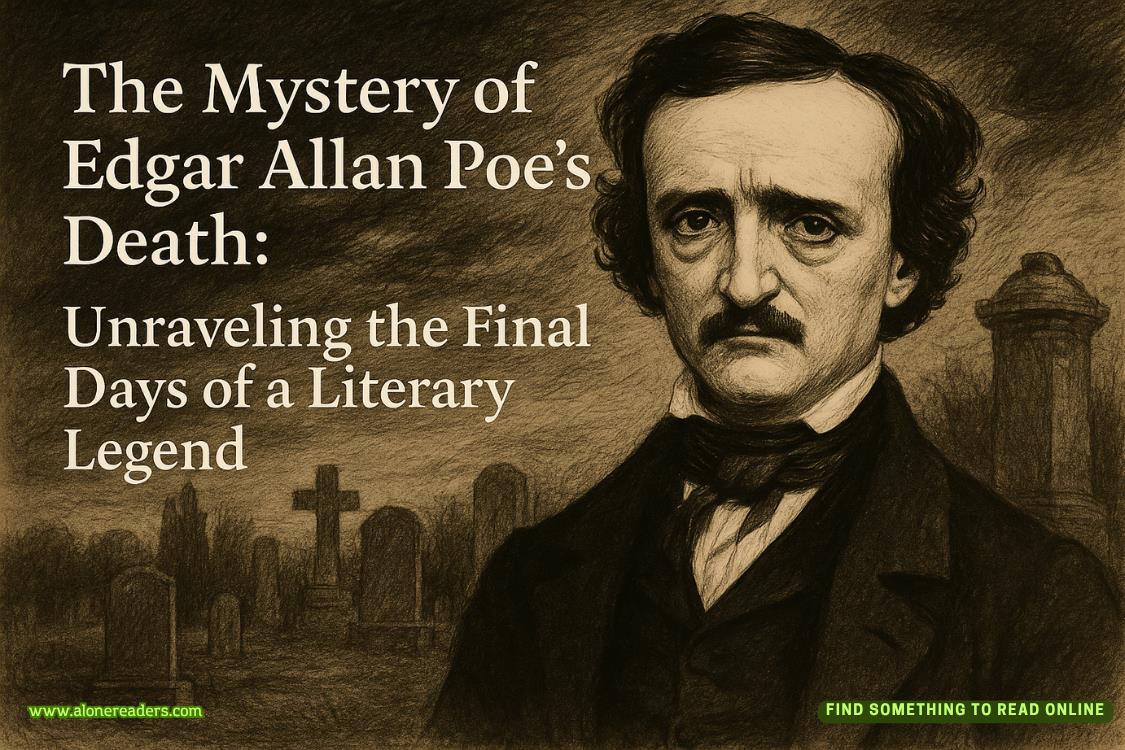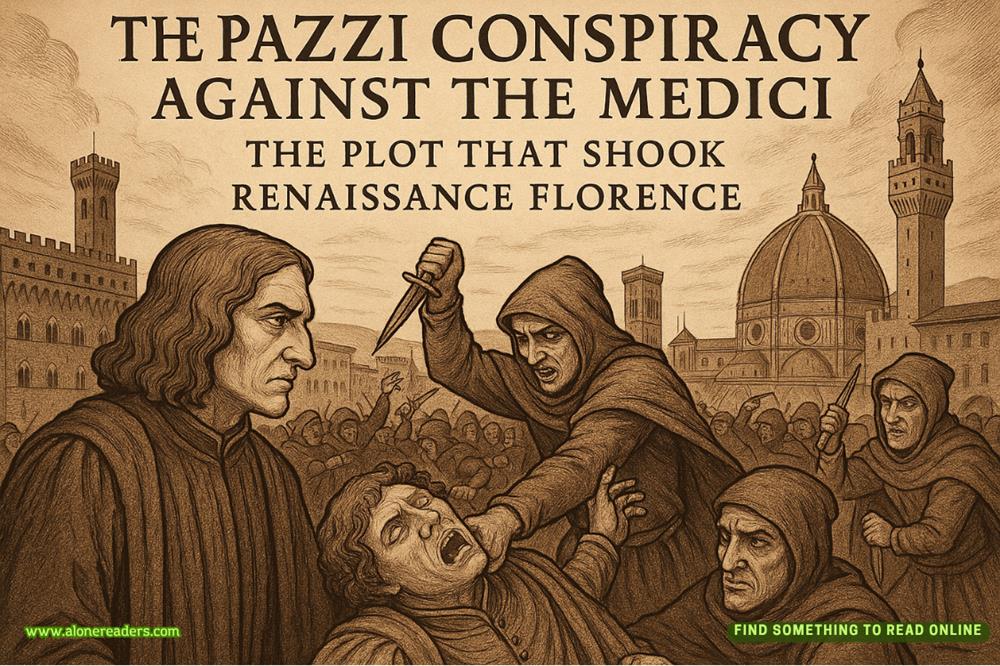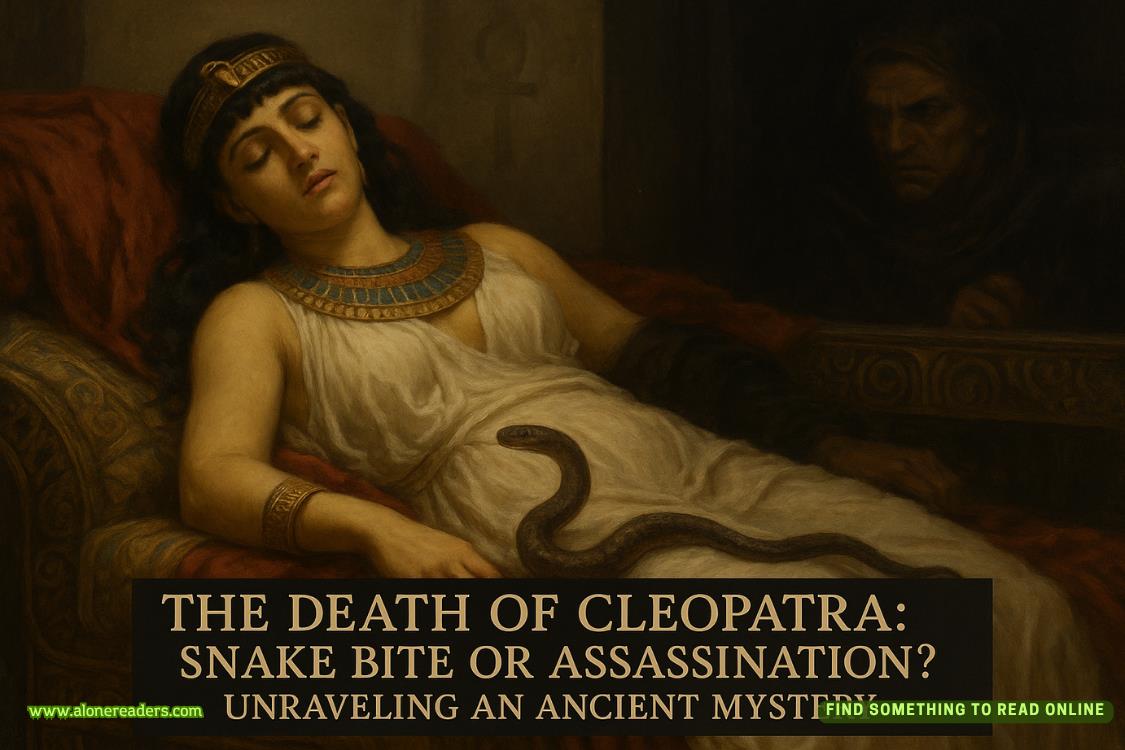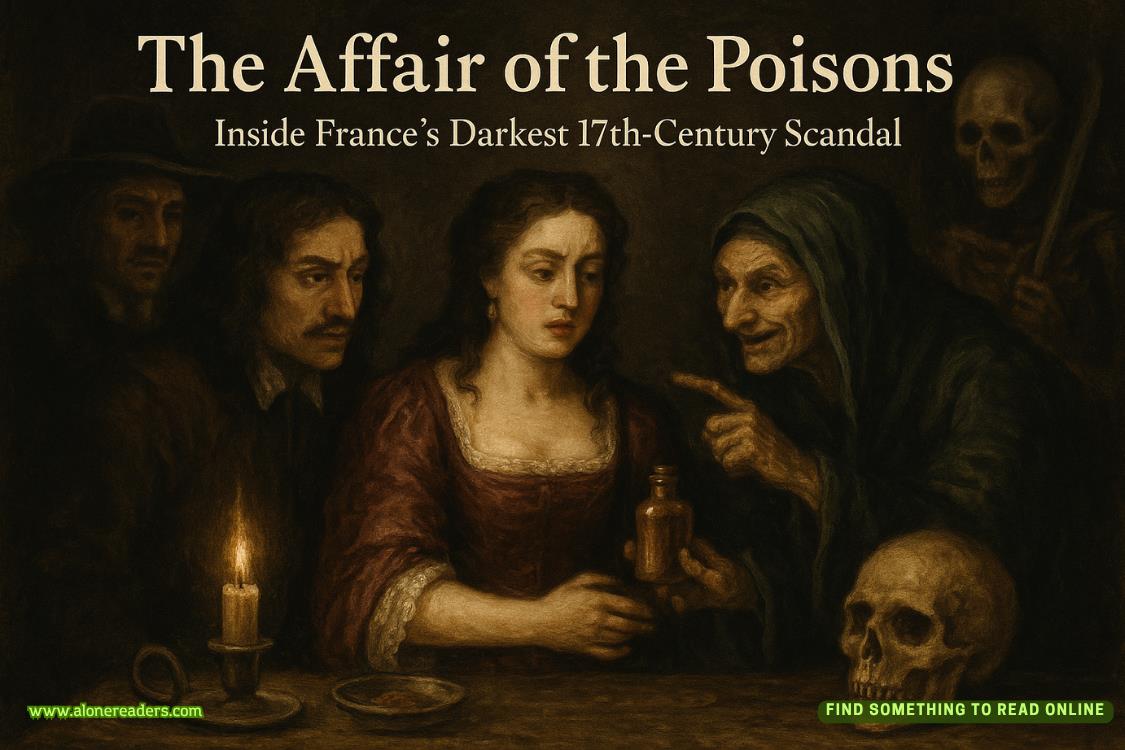PART TWO
1136-1137
Chapter 5
I
AFTER ELLEN HAD GONE, Sundays were very quiet at the guesthouse. Alfred played football with the village boys in the meadow on the other side of the river. Martha, who missed Jack, played pretend games, gathering vegetables and making pottage and dressing a doll. Tom worked on his cathedral design.
He had hinted to Philip, once or twice, that he should think about what kind of church he wanted to build, but Philip had not noticed, or had chosen to ignore the implication. He had a lot on his mind. But Tom thought about little else, especially on Sundays.
He liked to sit just inside the door of the guesthouse and look across the green at the cathedral ruins. He made sketches on a piece of slate sometimes, but most of the work was in his head. He knew that it was hard for most people to visualize solid objects and complex spaces, but he had always found it easy.
He had won Philip’s trust and gratitude for the way he had dealt with the ruins; but Philip still saw him as a jobbing mason. He had to convince Philip that he was capable of designing and building a cathedral.
One Sunday about two months after Ellen left, he felt ready to begin drawing.
He made a mat of woven reeds and pliable twigs, about three feet by two. He made neat wooden sides to the mat so that it had raised edges, like a tray. Then he burned some chalk for lime, mixed up a small quantity of strong plaster, and filled the tray with the mixture. As the mortar began to harden, he drew lines in it with a needle. He used his iron foot rule for straight lines, his set square for right angles and his compasses for curves.
He would do three drawings: a section, to explain how the church was constructed; an elevation, to illustrate its beautiful proportions; and a floor plan to show the accommodation. He began with the section.
He imagined that the cathedral was like a long loaf of bread, then he cut off the crust at the west end, to see inside, and he began to draw.
It was very simple. He drew a tall flat-topped archway. That was the nave, seen from the end. It would have a flat wooden ceiling, like the old church. Tom would have greatly preferred to build a curved stone vault, but he knew Philip could not afford it.
On top of the nave he drew a triangular roof. The width of the building was determined by the width of the roof, and that in turn was limited by the timber available. It was difficult to get hold of beams longer than about thirty-five feet—and they were fiercely expensive. (Good timber was so valuable that a fine tree was liable to be chopped down and sold by its owner long before it was that high.) The nave of Tom’s cathedral would probably be thirty-two feet wide, or twice the length of Tom’s iron pole.
The nave he had drawn was high, impossibly high. But a cathedral had to be a dramatic building, awe-inspiring in its size, pulling the eye heavenward with its loftiness. One reason people came to them was that cathedrals were the largest buildings in the world: a man who never went to a cathedral could go through life without seeing a building much bigger than the hovel he lived in.
Unfortunately, the building Tom had drawn would fall down. The weight of lead and timber in the roof would be too much for the walls, which would buckle outward and collapse. They had to be propped up.
For that purpose Tom drew two roundtopped archways, half the height of the nave, one on either side. These were the aisles. They would have curved stone ceilings: since the aisles were lower and narrower, the expense of stone vaults was not so great. Each aisle would have a sloping lean-to roof.
The side aisles, joined to the nave by their stone vaults, provided some support, but they did not reach quite high enough. Tom would build extra supports, at intervals, in the roof space of the side aisles, above the vaulted ceiling and below the lean-to roof. He drew one of them, a stone arch rising from the top of the aisle wall across to the nave wall. Where the support rested on the aisle wall, Tom braced it further with a massive buttress jutting out from the side of the church. He put a turret on top of the buttress, to add weight and make it look nicer.
You could not have an awesomely tall church without the strengthening elements of aisles, supports and buttresses; but this might be difficult to explain to a monk, and Tom had drawn the sketch to help make it clear.
He also drew the foundations, going far underground beneath the walls. Laymen were always surprised at how deep foundations were.
It was a simple drawing, too simple to be of much use to builders; but it should be right for showing to Prior Philip. Tom wanted him to understand what was being proposed, visualize the building, and get excited about it. It was hard to imagine a big, solid church when what was in front of you was a few lines scratched in plaster. Philip would need all the help Tom could give him.
The walls he had drawn looked solid, seen end on, but they would not be. Tom now began to draw the side view of the nave wall, as seen from inside the church. It was pierced at three levels. The bottom half was hardly a wall at all: it was just a row of columns, their tops joined by semicircular arches. It was called the arcade. Through the archways of the arcade could be seen the round-headed windows of the aisles. The windows would be neatly lined up with the archways, so that light from outside could fall, unobstructed, into the nave. The columns in between would be lined up with the buttresses on the outside walls.
Above each arch of the arcade was a row of three small arches, forming the tribune gallery. No light would come through these, for behind them was the lean-to roof of the side aisle.
Above the gallery was the clerestory, so called because it was pierced with windows which lit the upper half of the nave.
In the days when the old Kingsbridge Cathedral had been built, masons had relied on thick walls for strength, and had nervously inserted mean little windows that let in hardly any light. Modern builders understood that a building would be strong enough if its walls were straight and true. Tom designed the three levels of the nave wall—arcade, gallery and clerestory—strictly in the proportions 3:1:2. The arcade was half the height of the wall, and the gallery was one third of the rest. Proportion was everything in a church: it gave a subliminal feeling of lightness to the whole building. Studying the finished drawing, Tom thought it looked perfectly graceful. But would Philip think so? Tom could see the tiers of arches marching down the length of the church, with their moldings and carvings picked out by an afternoon sun ... but would Philip see the same?
He began his third drawing. This was a floor plan of the church. In his imagination he saw twelve arches in the arcade. The church was therefore divided into twelve sections, called bays. The nave would be six bays long, the chancel four. In between, taking up the space of the seventh and eighth bays, would be the crossing, with the transepts sticking out either side and the tower rising above.
All cathedrals and nearly all churches were cross-shaped. The cross was the single most important symbol of Christianity, of course, but there was a practical reason too: the transepts provided useful space for extra chapels and offices such as the sacristry and the vestry.
When he had drawn a simple floor plan Tom returned to the central drawing, which showed the interior of the church viewed from the west end. Now he drew the tower rising above and behind the nave.
The tower should be either one and a half times the height of the nave, or double it. The lower alternative gave the building an attractively regular profile, with the aisles, the nave and the tower rising in equal steps, 1:2:3. The higher tower would be more dramatic, for then the nave would be double the size of the aisles, and the tower double the nave, the proportions being 1:2:4. Tom had chosen the dramatic: this was the only cathedral he would ever build, and he wanted it to reach for the sky. He hoped Philip would feel the same.
If Philip accepted the design, Tom would have to draw it again, of course, more carefully and exactly to scale. And there would be many more drawings, hundreds of them: plinths, columns, capitals, corbels, doorcases, turrets, stairs, gargoyles, and countless other details—Tom would be drawing for years. But what he had in front of him was the essence of the building, and it was good: simple, inexpensive, graceful and perfectly proportioned.















